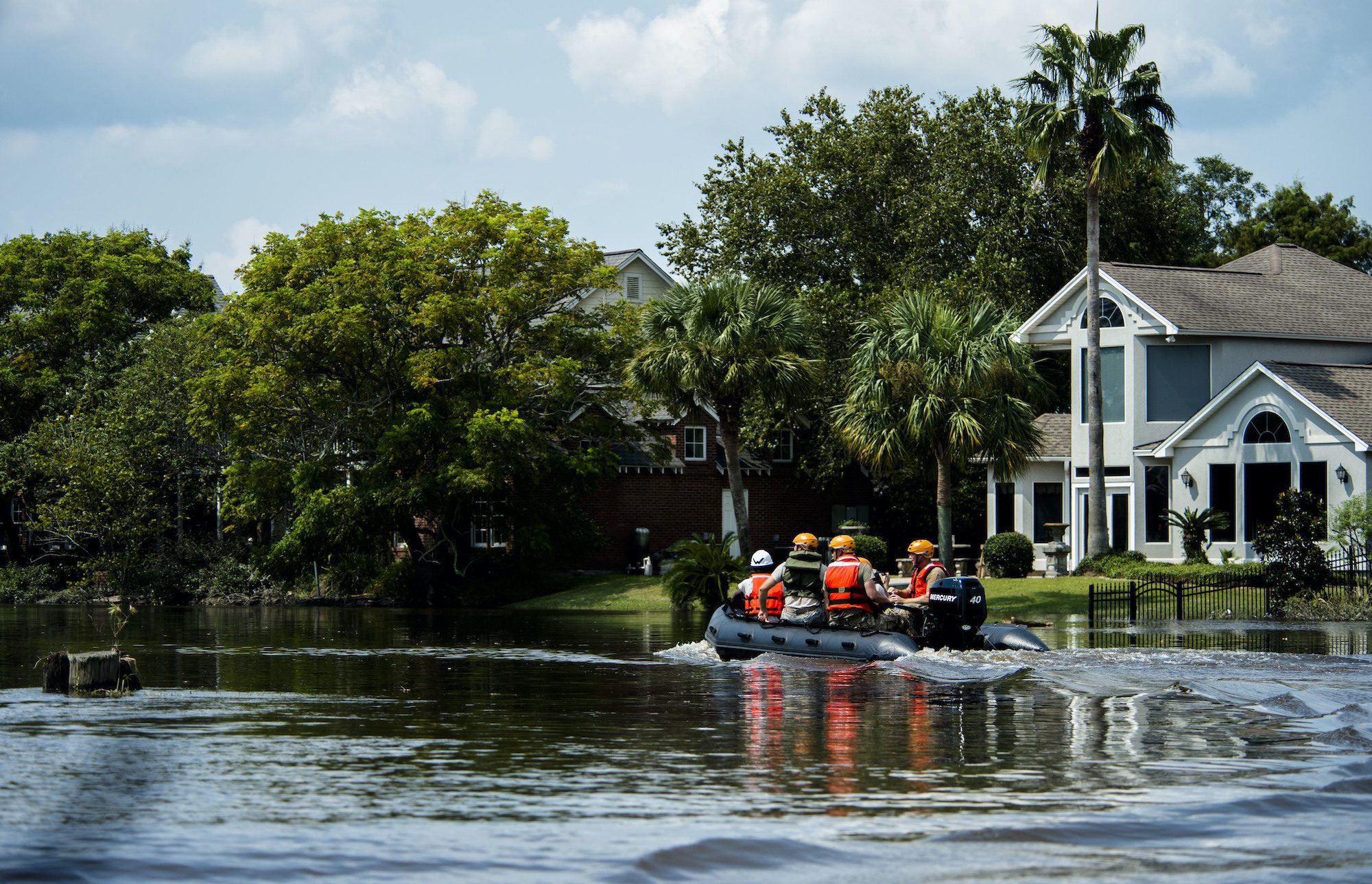Eternity C Sinks in Red Sea; Search Underway for 15 Still Missing
A mission was under way on Wednesday to rescue crew from the Eternity C cargo ship which sank in the Red Sea following an attack that killed at least four crew members.

By Leslie Kaufman (Bloomberg) —
Climate change is the main culprit behind nuisance flooding, but human alterations to coastal areas that deepen shipping channels or fill in wetlands may be exacerbating the problem by as much as 27%, according to a new study published today in the journal Science Advances.
Nuisance flooding refers to tidal-related flooding that occurs regardless of weather and causes problems such as covering roadways, overwhelming sewage systems, and flooding basements. Most people think of tides as something immutable, but recent research has shown that they’re increasing in strength worldwide. Along the eastern coast of the U.S., nuisance flooding has greatly increased in the last 100 years, according to the National Oceanic and Atmospheric Administration.
The new study by researchers at the University of Central Florida is “the first time that the effects of tidal changes on nuisance flooding were quantified,” said study co-author Thomas Wahl, an assistant professor in UCF’s Department of Civil, Environmental and Construction Engineering. “It covers the entire coastline of the U.S. mainland.”
The researchers looked at the data from 40 NOAA tidal gauges over more than 70 years. Nearly half had recorded more nuisance flooding days over that time because of higher local tide ranges, but the impacts weren’t felt equally. Most coastal stations experienced less than a 2% change in tides over the century, the report said, whereas estuaries that had undergone engineered changes like dredging experienced much stronger changes. Tidal amplitudes in the Hudson River Bay, for example, have increased by 10% since the mid-19th century, and by more than double in places further up-river.
Dredging is the key factor, Wahl said. “What we are trying to get across is that there are unintended consequences from these dredged channels like flooding and people need to be aware.”
While damage caused by nuisance flooding is not as dramatic as problems caused by big storm surges, cumulatively it may be far more costly. “In Miami, nuisance flooding now happens 150 days a year,” said Wahl. “The accumulated costs from disruption to business and damage to infrastructure could easily outpace the impact of a once in a year hurricane.”
Jeremy Porter heads research for the First Street Foundation, a non-profit that it working to make flood risks more transparent. “From 2005 to 2017, our data demonstrates an observed $16 billion in property value loss from tidal flooding exposure,” he said.
This is only likely to get worse, Porter added. “As sea levels continue to rise over the coming decades, these impacts will surely continue to grow as more water will need to be drained from the land. When that land is engineered, it can exacerbate the flooding problems,” he said.
© 2021 Bloomberg L.P.

Subscribe to gCaptain Daily and stay informed with the latest global maritime and offshore news


Stay informed with the latest maritime and offshore news, delivered daily straight to your inbox
Essential news coupled with the finest maritime content sourced from across the globe.
Sign Up